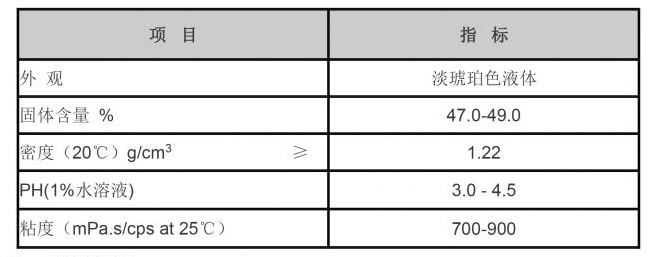Exploring Various Categories of Flocculants and Their Applications in Water Treatment Processes
Different Types of Flocculants An Overview
Flocculants play a crucial role in various industries, especially in water treatment processes, where they enhance the efficiency of sedimentation and clarification. These chemical agents facilitate the aggregation of fine suspended particles into larger clumps, or flocs, which can then be easily removed from liquids. Understanding the different types of flocculants available is essential for selecting the appropriate one for specific applications.
Inorganic flocculants have been widely used due to their effectiveness and cost-efficiency. The most common type is aluminum sulfate, often referred to as alum. Upon dissolution in water, alum dissociates into aluminum ions that hydrolyze to form various aluminum hydroxides. This process destabilizes the colloidal particles in the water, allowing them to coalesce and settle. Another widely used inorganic flocculant is ferric chloride, which functions similarly to alum but can be more effective in certain circumstances, such as in low pH conditions. These flocculants are favored in municipal water treatments, but their dosage must be carefully managed to avoid excessive sludge production.
2. Organic Flocculants
Organic flocculants are derived from natural or synthetic polymers. Natural organic flocculants include substances like xanthan gum and guar gum, which are biodegradable and can be produced from renewable resources. These flocculants are particularly useful in applications such as wastewater treatment in food processing or textiles, where environmental sustainability is a concern.
Synthetic organic flocculants, on the other hand, are chemically engineered for enhanced performance. Polyacrylamides (PAMs) are among the most common types, available as cationic, anionic, or nonionic variants depending on their charge characteristics. Cationic polyacrylamides work best in neutral to alkaline conditions and are effective in treating municipal and industrial wastewater, while anionic types excel in clarifying mining and mineral processing effluents.
different types of flocculants

3. Hybrid Flocculants
Hybrid flocculants are a relatively newer class that combines features from both inorganic and organic flocculants. By blending these materials, hybrid flocculants aim to optimize performance while minimizing some of the downsides associated with using each type alone. For example, they can provide enhanced settling rates and reduced sludge volume, making them an attractive option for industries facing stringent environmental regulations.
4. Biopolymer Flocculants
With growing concerns over the environmental impact of synthetic chemicals, biopolymer flocculants have gained attention. Derived from natural sources like plant extracts, these flocculants often have a favorable environmental profile. They can effectively destabilize suspensions and facilitate sedimentation while being biodegradable. Examples include chitosan, derived from crustacean shells, and starch-based flocculants, which are both non-toxic and effective in various applications.
Conclusion
Choosing the right flocculant is essential for optimizing water treatment processes across diverse industries. The selection depends on several factors, including the nature of the waste stream, pH levels, and regulatory requirements. Understanding the differences between inorganic, organic, hybrid, and biopolymer flocculants allows industries to make informed decisions, leading to improved operational efficiency and environmental sustainability. As technology advances, the development of new flocculants that combine effectiveness with eco-friendliness will likely shape the future of water treatment practices.
-
Water Treatment with Flocculant Water TreatmentNewsJun.12,2025
-
Polymaleic AnhydrideNewsJun.12,2025
-
Polyaspartic AcidNewsJun.12,2025
-
Enhance Industrial Processes with IsothiazolinonesNewsJun.12,2025
-
Enhance Industrial Processes with PBTCA SolutionsNewsJun.12,2025
-
Dodecyldimethylbenzylammonium Chloride SolutionsNewsJun.12,2025





